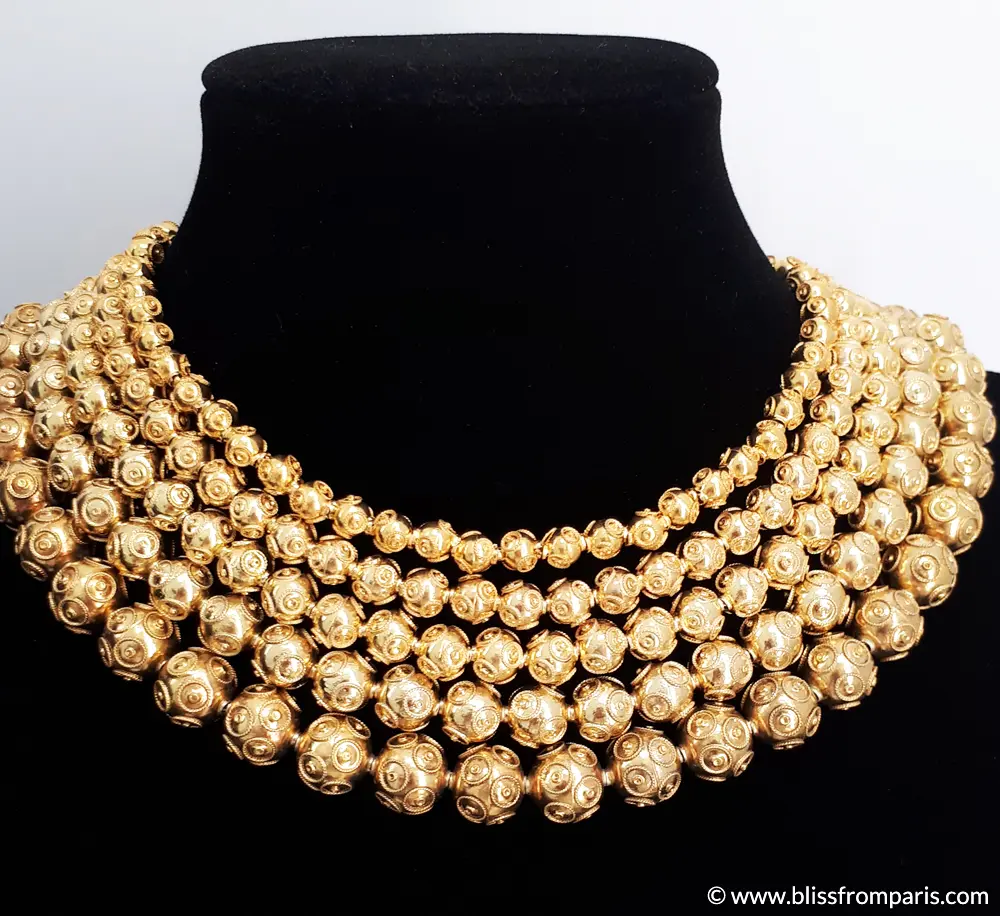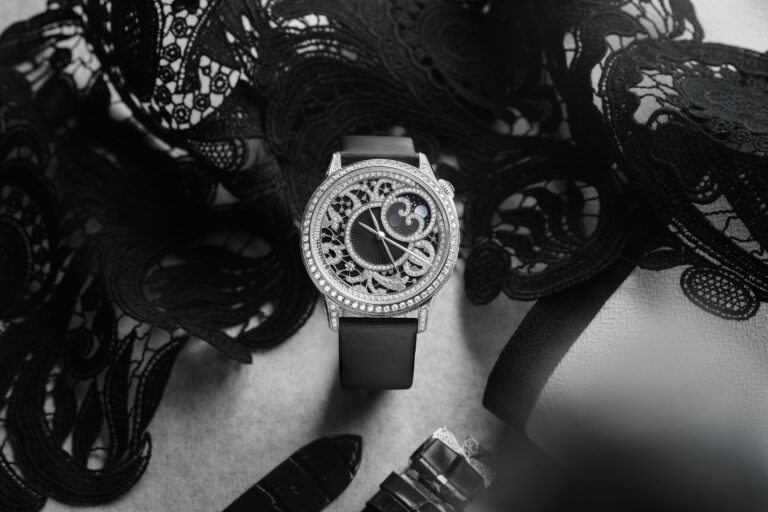Last summer I went to Lisbon and I visited amazing place dedicated to ancient jewelry technique of metalwork, filigree. The Filigree Museum, located at Largo de S. Carlos nº1, presents the ancient art of Filigree making in Portugal. It is the first museum exclusively dedicated to Filigree in Portugal.

Filigree is the art of working gold or silver in very fine threads, twisted around each other, in order to make ornamental figures. This ancient art is known since the Classical Antiquity, used frequently in the jewelry of the Greek and Roman civilizations. The name Filigree comes from two latin words: Filum which means thread and Granum which means Grain.


In the past, the whole territory west of the Iberian Peninsula was full of gold, silver, copper and tin. It was considered one of the biggest reserves in Europe. Since the mines in the north of Portugal started to be explored, the Portuguese artisans became known for their dexterity. The oldest findings of manufactured gold in Portugal date to the second half of the third millenium before Christ – A brooch with 12 cm. and a little biconic bead, found in Quinta da Penha Verde, in Sintra, and in Castro do Zambujal, Torres Vedras, respectivelly. With this context, it is natural that the portuguese people had early begginings when it comes to goldsmithing, jewelry making and developing these techniques, such as filigree.


Filigree is an exclusively manual art form and it requires a lot of experience, imagination and patience. Filigree making is a time consuming process, due to its manual production. It goes from the foundry, to the thread pulling and the finishing touches. It is a work of great dexterity.
Filigree Museum shows the chronological evolution of Filigree in Portugal, recreate the traditional family run workshop environment and explain the several stages of the manufacturing process.
To finish your visit you can find replicas of the pieces in exhibition and complete collections of filigree pieces at Museum shop. The jewels available are set in gold and silver. For a more stylish piece of filigree, you can opt for a piece with precious stones or with enamel. If one day you are in Lisbon, I recommend taking a walk to Filigree Museum.





